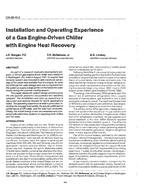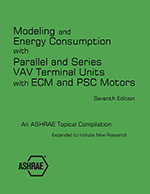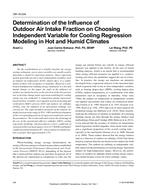The objective of this research is to investigate airflow distribution inside a test room, which is naturally ventilated through adjustable louvres for summer conditions. The test room is located in a sheltered area. Indoor air temperature and velocity across the room at four locations and six different levels are measured. The air pressures and velocities across the opening are measured in order to allow an accurate estimation of wind pressure coefficients. The VENT imulation program is used to predict the spatial distribution of the airflow. The test room is fictitiously divided into 27 zones of equal size, each with a volume of 0.8 m3. The program calculates temperature and air speed within a single zone using a network airflow model. The numerical model used is based on an explicit finite difference formulation for unsteady heat flows within the building fabric. One of the program inputs is the wind pressure coefficient (cp). The simulation was performed for CP values calculated using a published parametric model and for the measured values. In general the measurements demonstrate considerable air movement inside the room. The air enters the test room from the bottom and exits from the top. The predicted flow showed a similar trend and the simulation results were in close agreement with the measured data.
Units: SI
Citation: Symposium, ASHRAE Transactions, vol. 108, pt. 2
Product Details
- Published:
- 2002
- Number of Pages:
- 8
- File Size:
- 1 file , 2.3 MB
- Product Code(s):
- D-8998


